Sadako Memorial Statue
Paper Crane Children S Peace Monument
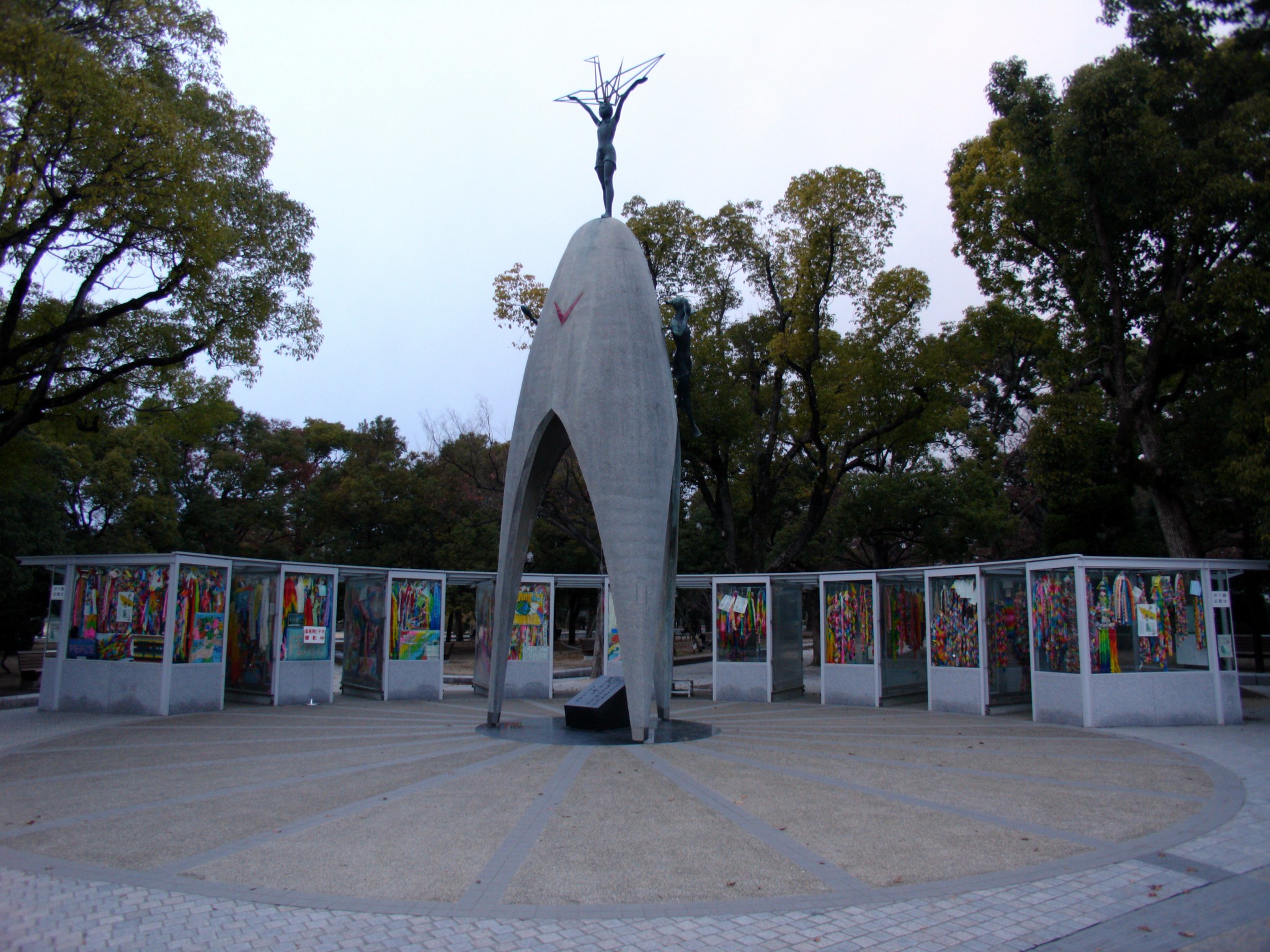
Peace Day Commemoration Sadako And The Thousand Cranes Berkeley Public Library
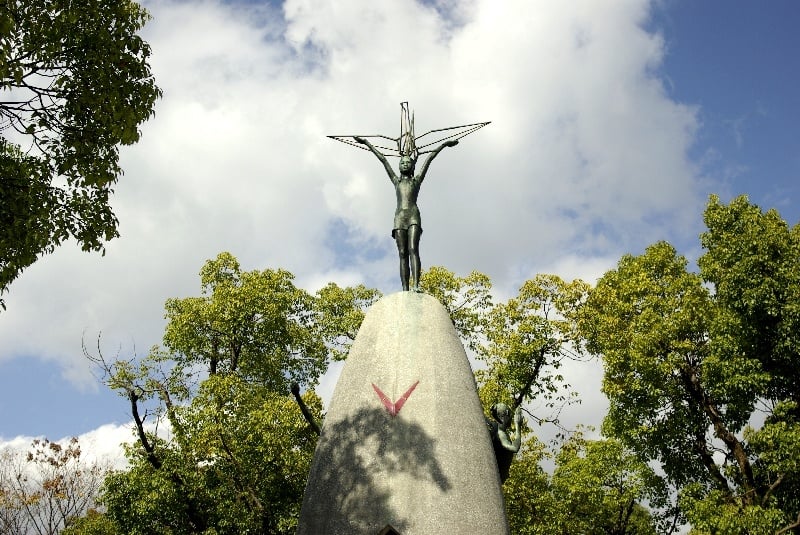
Origami A Tradition A Hope
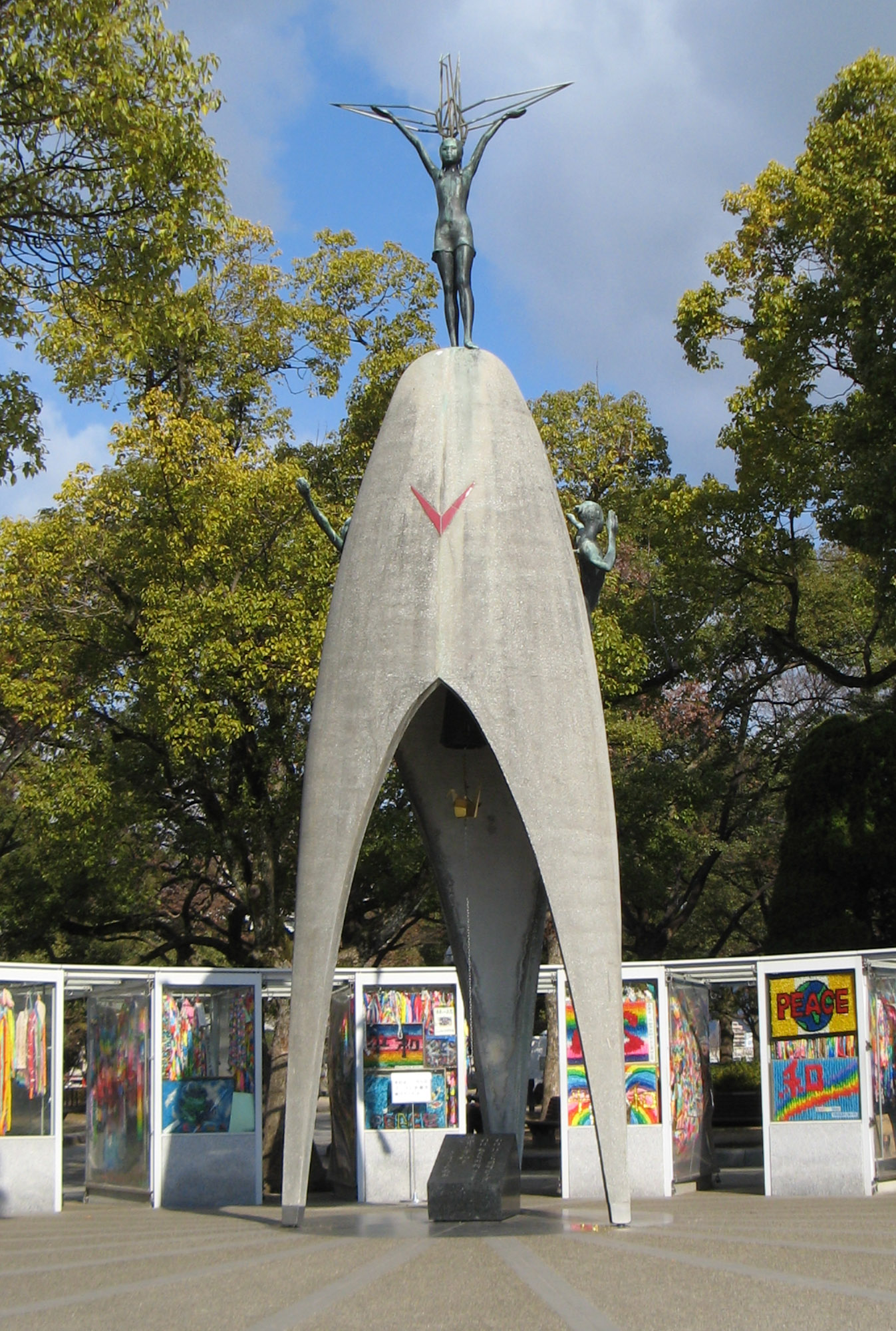
Statue Of The A Bomb Children Hiroshima Memorial Peace Park

The Story Of Sadako Sasaki Leukemia Cranes Hiroshima Peace Park Merryan Hiroshima Japan Guide Youtube

Children S Peace Monument In Hiroshima 8 Reviews And 32 Photos
In the Peace Memorial Park there is a Children’s Peace Monument, a statue dedicated to Sadako Sasaki and the thousands of child victims of the bombing Sadako, who was two years old when the bomb was dropped, lived a normal life until she came down with radiationinduced leukemia at the age of twelve and was hospitalized.

Sadako memorial statue. Memorial The memorial will be located in Hiroshima A Large Statue of a Paper Crane made of marble will be built with its wings spread out and will be on top of a white marble cloud Riding on top of the crane will be a statue of Sadako Sasaki in marble as well Carved into the cloud will be the words, “World Peace,” and “The Legend of a. The Mary Latimer McLendon Memorial Fountain is located in an honorable location in the south wing on the main floor of Georgia’s State Capitol since 1923 15, Ensler was the guest of honor The statue is located in Freedom Park, a linear green park and an art park showcasing permanent and rotation exterior exhibitions Not far from One. Children's Peace Statue to remember Sadako and the many other children who were victims of the Hiroshima bombing On top of the statue is a girl holding a large crane in her outstretched arms Today in Hiroshima Peace Memorial Park, this statue of Sadako is beautifully decorated with thousands of paper cranes given by people throughout the world.
It was a statue of Sadako, and in her hands is a golden crane This monument is located at Hiroshima Peace Memorial, otherwise known as Genbaku Dome The plaque that is on the memorial states, "This is our cry This is our prayer Peace in the world" Additionally, there is a statue of Sadako Sasaki in the Seattle Peace Park. Sadako Sasaki Paper cranes are folded from special origami paper and they are known as a symbol of peace throughout Japan In the Hiroshima Peace Memorial Park, there is a statue of Sadako holding a crane It is known as the Children’s Peace Monument and it was unveiled in 1958 It commemorates Sadako and all the children whose lives were. This site uses cookies to improve your experience and to help show content that is more relevant to your interests By using this site, you agree to the use of cookies by Flickr and our partners as described in our cookie policy.
Sadako died on , she was 12 years old and had folded over 1300 paper cranes Sadako’s friends and classmates raised money to build a memorial in honor of Sadako and other atomic bomb victims The Hiroshima Peace Memorial was completed in 1958 and has a statue of Sadako holding a golden crane At the base is a plaque that says. Sadako Sasaki statue at Hiroshima peace memorial park Hiroshima, Japan Tourists visit Sadako Sasaki statue at peace memorial park on August HIROSHIMA, JAPAN November 4,15 Children's Peace Monument, to commemorate Sadako Sasaki and children victims of atomic b. The park features a bronze statue, by Daryl Smith, of Sadako Sasaki () holding a folded paper crane Sadako, who died at age 12 of leukemia caused by the atomic bombing of Hiroshima, made paper cranes an international symbol of peace through her effort to fold 1,000 cranes before her death.
The statue is modeled on the young girl Sadako Sasaki(1943 – 1955) When she was two years old, Sadako was exposed to the radiation of the atomic bomb She developed leukemia 10 years later and died at the age of 12 Before dying, she folded paper. There is also a statue of Sadako holding a crane on top of the Children’s Peace Monument, which is located in the Hiroshima Peace Memorial Park The monument was built using money derived from a fundraising campaign by Japanese school children, including Sasaki’s classmates, with the main statue entitled Atomic Bomb Children. SADAKO SASAKI STATUE Peace Park is a park located in the University District of Seattle, Washington, at the corner of NE 40th Street and Roosevelt Way NE at the northern end of the University Bridge Built by Floyd Schmoe, winner of the 19 Hiroshima Peace Prize, and dedicated on , 45 years after the atomic bombing of.
Sadako's determination to fold one thousand paper cranes, symbolizing her hope for peace, and her courageous struggle with her illness inspired her classmates After her death, they started a national campaign to build the Children's Peace Statue in memory of Sadako and the many other children who were victims of the bombing of Hiroshima. Sadako at age 12 Sadako was two years old when the atomic bomb was dropped on Hiroshima She was two kilometers away from where the bomb exploded Most of Sadako’s neighbors died, but Sadako wasn’t injured at all, at least not in any way people could see Up until the time Sadako was in the seventh grade (1955) she was a normal, happy girl. This monument was built to commemorate Sadako Sasaki and the thousands of other innocent children who died due to the atomic bombing of Hiroshima Sadako Sasaki was a young girl who was exposed to the radiation of the blast at the age of two and died ten years later from leukemia Sadako, who continued to fold paper cranes throughout her long illness, can be.
The Story of Sadako and the Childrens Peace Statue true, to honor the legend and spirit of the young girl Sadako Sasaki People around Sadako were kind and generous Madonna Stephens — Oct 16, Judy Moody 1 Today in Hiroshima Peace Memorial Park, this statue of Sadako is. Sadako's death inspired a memorial in Japan's Hiroshima Peace Park, complete with a statue of her holding a golden crane Now, one of her last origami cranes resides in a new memorial thousands of. “Memorial Statue of Sadako Sasaki outside the Noborichō Junior High School in Hiroshima, Japan Noborichō was her Junior High school This statue was created in 1985 Photo by Chenmingyu, CCBySA30, via wikimedia “Sadako Sasaki Born Kusunokicho Hiroshima, Japan Died (aged 12) Red Cross Hospital.
The inspirational story of the Japanese national campaign to build the Children's Peace Statue honoring Sadako and hundreds of other children who died as a result of the bombing of Hiroshima Ten years after the atomic bomb was dropped on Hiroshima, Sadako Sasaki died as a result of atomic bomb disease Sadako's determination to fold one thousand paper cranes and her. Sadako’s resilient spirit and her origami cranes inspired her friends and classmates to raise money for a monument for Sadako and the children who died as a result of atomic bombings Since 1958, thousands have visited the statue of Sadako in Hiroshima Peace Memorial Park Sadako’s figure lifts a large paper crane overhead. On top of the statue is a girl holding a large crane in her outstretched arms Today in Hiroshima Peace Memorial Park, this statue of Sadako is beautifully decorated with thousands of paper cranes given by people throughout the world.
The statue is notable for who created it Daniel Chester French, who would go on to use a similar sitting posture when designing the iconic Lincoln Memorial sculpture in 19. However, her older brother, Masahiro Sasaki, who speaks about her life at events, says that Sadako finished over 1,400 paper cranes on her own Her family has donated some of her cranes to sites such as the 911 Memorial in New York and Pearl Harbor 1,000 paper cranes for. Children from all over the world still send folded paper cranes to be placed beneath Sadako’s statue In so doing, they fulfill the wish engraved on the base of the statue This is our cry, This is our prayer, Peace in the world Sadako's brother, Masahiro Sasaki, has written a guest blog about his memories of Sadako.
Statue of Sadako Sasaki in Hiroshima Peace Park The story of 1,000 cranes. The statue is a lifesize bronze of Sadako Sasaki, the young Japanese girl who survived the Hiroshima bombing only to die of radiation sickness at age 12 The statue was funded through a Fratelli’s Ice Cream Company Sound Ideas program grant, one of a series of grants awarded to improve the community. The statue was completed on Children's Day ( 5 May ) in 1958, two years after Sadako Sasaki's death Though Sadako and the other children who had passed away would not return, the inscription carved into the stone in front of the monument at least carried the hope, "Let no more children fall victim to an atomic bombing".
After Sadako’s death, her friends and schoolmates raised funds for a memorial to all the children who died from the effects of the atomic bomb A statue of Sadako at the Hiroshima Peace Memorial Park is accompanied by a plaque that reads, “This is our cry. Sadako Sasaki statue A small memorial park containing a statue of Sadao Sasaki, a Hiroshima survivor Often garlanded with paper cranes. In 1958, a statue of Sadako holding a golden crane was unveiled in the Hiroshima Peace Memorial Park If you have a wish of your own to make, here are instructions for how to fold your own paper.
Home / East Asia / Japan / Hiroshima / Peace memorial park / JP 16 Statue of Sadako Sasaki License image Order print Select image View lightbox Contact Sadako Sasaki was two years old when she was exposed to the radiation of the atomic bomb She grew up normally then developed leukemia and died at the age of 12. Sadako Sasaki died on Her friends folded the remaining 356 cranes Her friends admired her brave and hopeful spirit Sadako's death made them feel very sad Her friends collected money to build a monument of PEACE AND LOVE in the memory of Sadako This monument is called the Children's Peace Monument, and is in the Peace Park. The inspirational story of the Japanese national campaign to build the Children's Peace Statue honoring Sadako and hundreds of other children who died as a.
In 1958, a statue of Sadako holding a golden crane was unveiled in the Hiroshima Peace Memorial Park At the foot of the statue is a plaque that reads "This is our cry This is our prayer Peace in the world" There is also a statue of her in the Seattle Peace Park Sadako has become a leading symbol of the impact of nuclear war Sadako is also a heroine for many girls in Japan. To this day, in Hiroshima Peace Memorial Park, the statue of Sadako is beautifully decorated with thousands of paper cranes brought and sent by people around the world Over the years Hibakusha Stories has been gifted with individual bundles of one thousand paper cranes by the City of Hiroshima to share with the schools we visit. The statue is a lifesize bronze of Sadako Sasaki, the young Japanese girl who survived the Hiroshima bombing only to die of radiation sickness at age 12 Parks and Recreation Mailing Address 100 Dexter Ave N, Seattle, WA,.
There is also a statue of Sadako holding a crane on top of the Children’s Peace Monument, which is located in the Hiroshima Peace Memorial Park The monument was built using money derived from a fundraising campaign by Japanese school children, including Sasaki’s classmates, with the main statue entitled Atomic Bomb Children. On , the Children's Peace Monument was unveiled in Peace Memorial Park Elementary, junior high, and high school students in Hiroshima and around the country were invited, and a total of about 500 people participated, including Sadako's family Two and a half year had gone by after the start of the statue movement. Johnathon's Memorial Sadako Sasaki's Story Sadako Sasaki, an 11yearold Japanese girl who was born in 1943, developed leukemia, "the atom bomb disease," in 1955 While Sadako was hospitalized, she was reminded of a Japanese legend which held that anyone who folded a thousand paper cranes would be granted a wish Sadako.
Sadako Sasaki (佐々木 禎子, Sasaki Sadako, – ) was a Japanese girl who became a victim of the Atomic bombings of Hiroshima and Nagasaki when she was two years old Though severely irradiated, she survived for another ten years, becoming one of the most widely known hibakusha – a Japanese term meaning "bombaffected person".
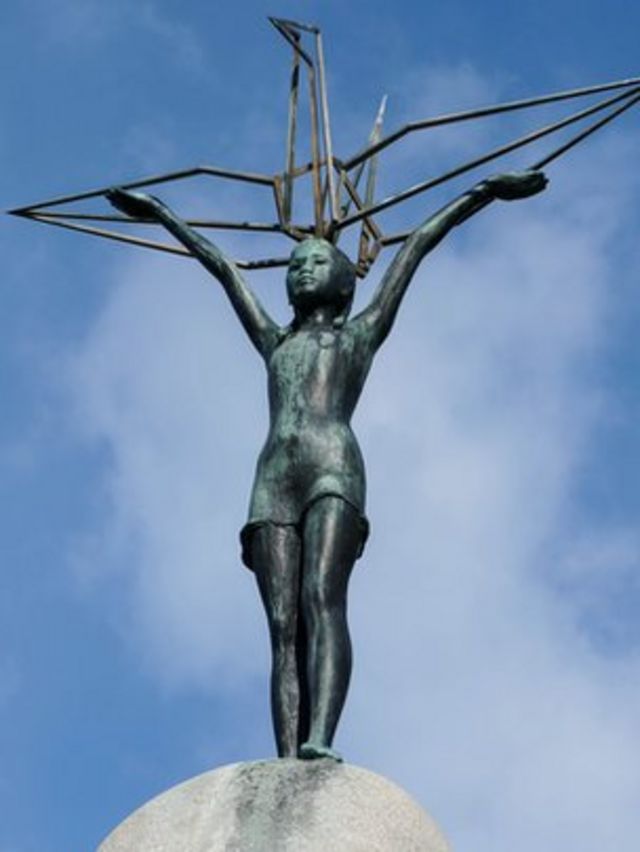
Hiroshima Memorial Ceremony Will Include Belfast Origami Sculptures c News

Unofficial Knowledge Is Power The Story Of Sadako Sasaki Sadako Was Two Years Old When The Atomic Bomb Was Dropped On Hiroshima She Was Two Kilometers Away From Where The Bomb
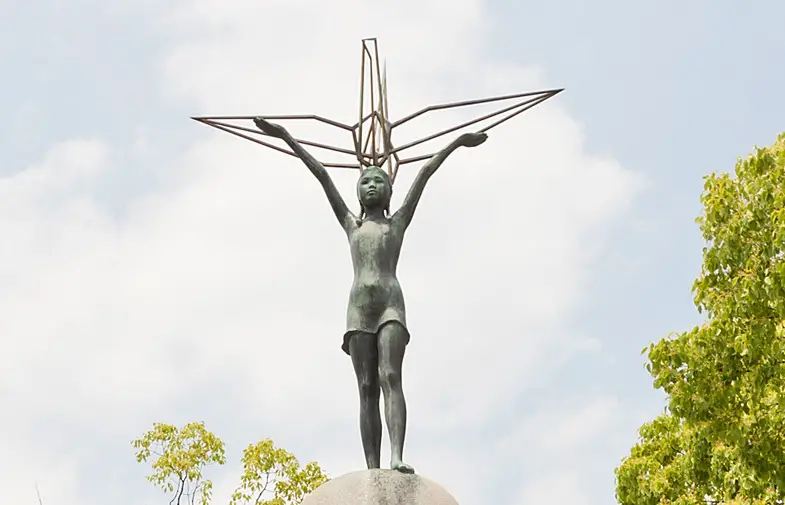
The Story Of Sadako Sasaki Origami Expressions

Statue Of Sadako With Origami Cranes In Seattle S Peace Garden

World Organization Of The Scout Movement Wosm This Is Our Cry This Is Our Prayer Peace In The World Sadako Sasaki Was Two Years Old When The Atomic Bomb Was

Hope Amidst The Ruins A Visit To Hiroshima Peace Memorial Park Stouchi Finder

Sadako And Crane Statue Hiroshima Memorial Peace Park Ja Flickr

Statue Of Sadako Sasaki Crane Statue Memorial Statues

Children S Peace Monument Wikipedia

1 000 Cranes This Is Our Cry This Is Our Prayer Peace In The World

About Japan A Teacher S Resource Children S Peace Monument Japan Society

Monument For Sadako In Hiroshima

Children S Peace Monument Hiroshima Peace Memorial Park Japan Stock Photo Picture And Rights Managed Image Pic Rdc Ad Agefotostock
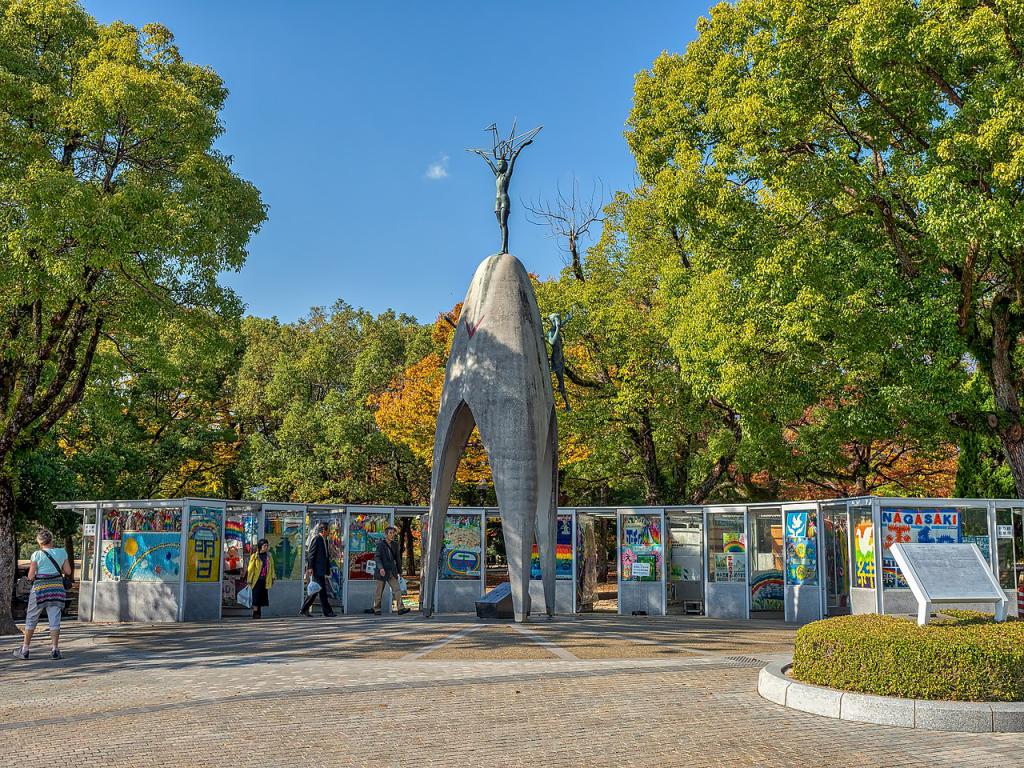
Children S Peace Monument Hiroshima

Sadako Sasaki Postcard Pack Postcards For Peace

Children S Peace Monument A Bombed Buildings Cenotaph Etc Explore Hiroshima Hiroshima City Regional Area Official Tourism Website

Behind The Scenes Of History Sadako The Thousand Paper Cranes

35 Sadako Sasaki Photos And Premium High Res Pictures Getty Images

Children S Peace Memorial With A Statue Of Sadako Picture Of Hiroshima Hiroshima Prefecture Tripadvisor

Library Honors Women S History Month With Poster Commemorating Sadako Sasaki And Her Thousand Paper Cranes The Manchester Mirror

1 Free Sadako Sasaki Japan Images

Sadako And The Thousand Paper Cranes Author Genre Study Com

Vandalized Statue Of A Bomb Victim Repaired The Japan Times

The Childrens Peace Monument In Hiroshima Peace Memorial

Children S Peace Monument A Bombed Buildings Cenotaph Etc Explore Hiroshima Hiroshima City Regional Area Official Tourism Website
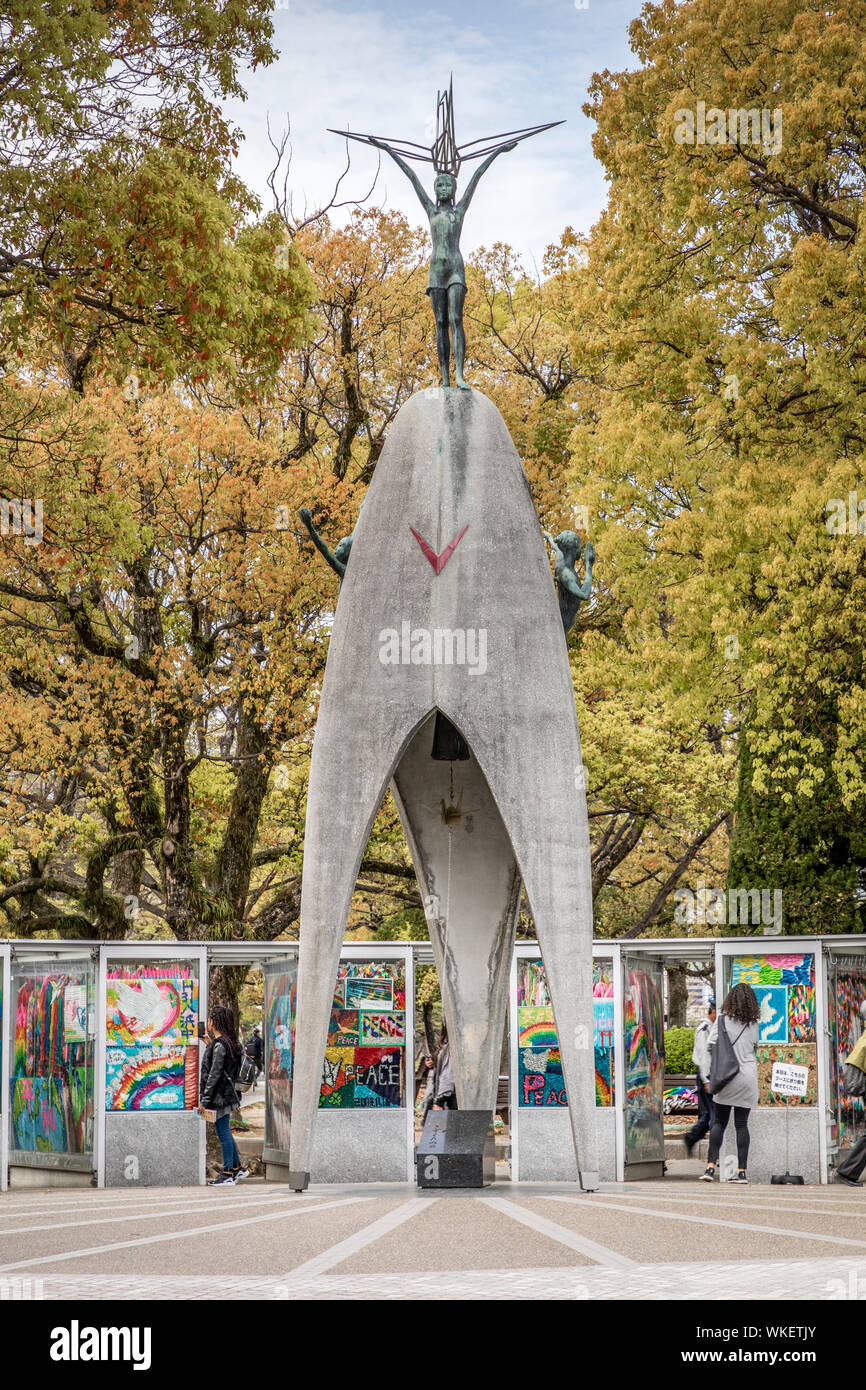
Statue Of Sadako Sasaki In The Peace Park Hiroshima Japan Stock Photo Alamy

President Obama Visited Hiroshima It Was Time

Sadako Sasaki Mayhem Travels
Hiroshima Ruins And Memorials

Sadako Sasaki Statue In Hiroshima Kairosphotos Images By Paul Jeffrey

The One About The Hiroshima Peace Memorial Museum Part 8 Heartbreaking Images Part 2 Sasaki Sadako And The 1000 Origami Cranes Dennis A Amith
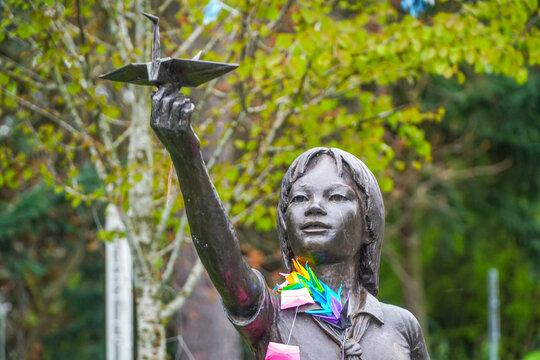
48 Best Sadako Images Stock Photos Vectors Adobe Stock
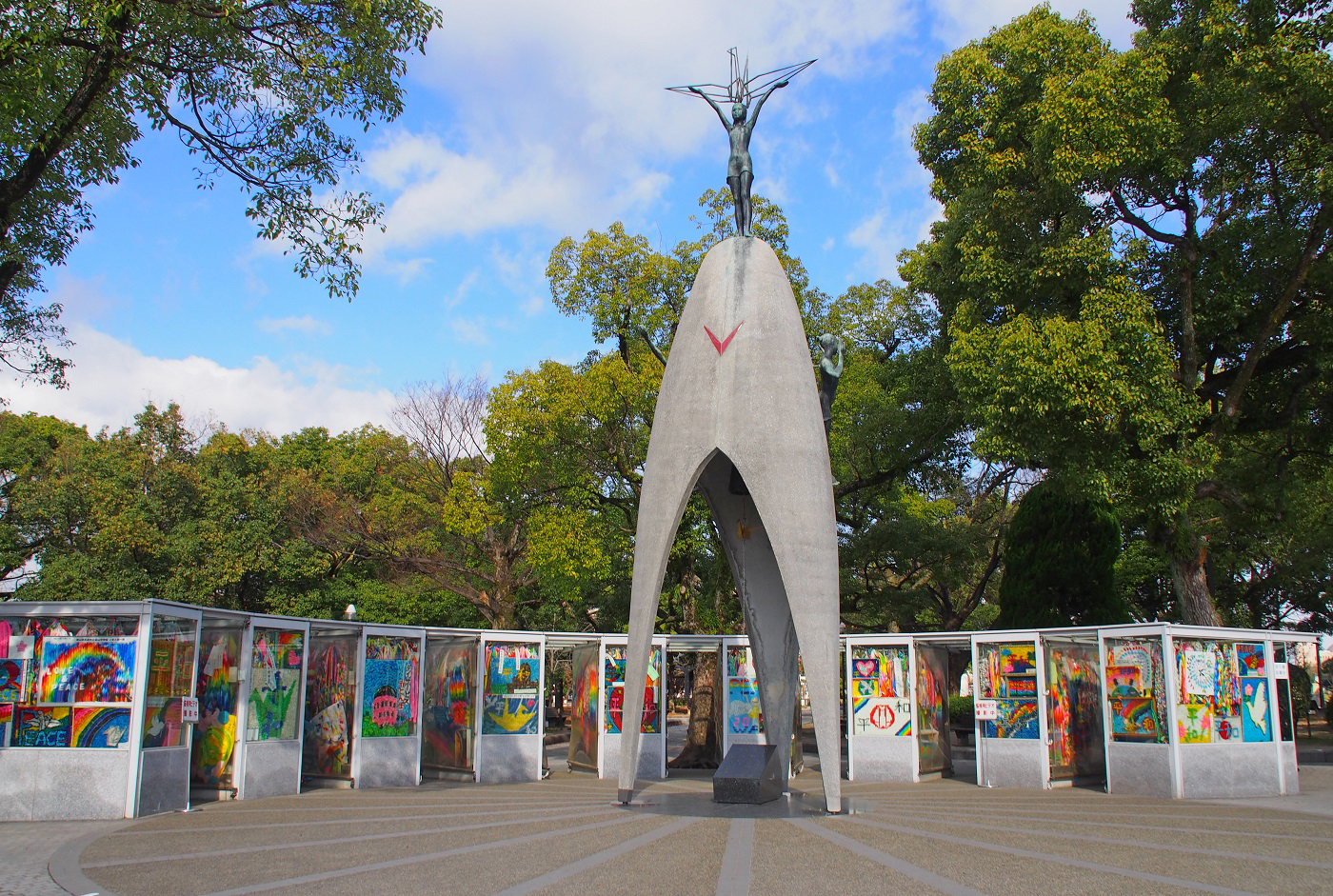
Children S Peace Monument Spot Hiroshima Peace Tourism

Hiroshima School To Open Peace Room Dedicated To Ex Student Who Died After A Bomb The Mainichi
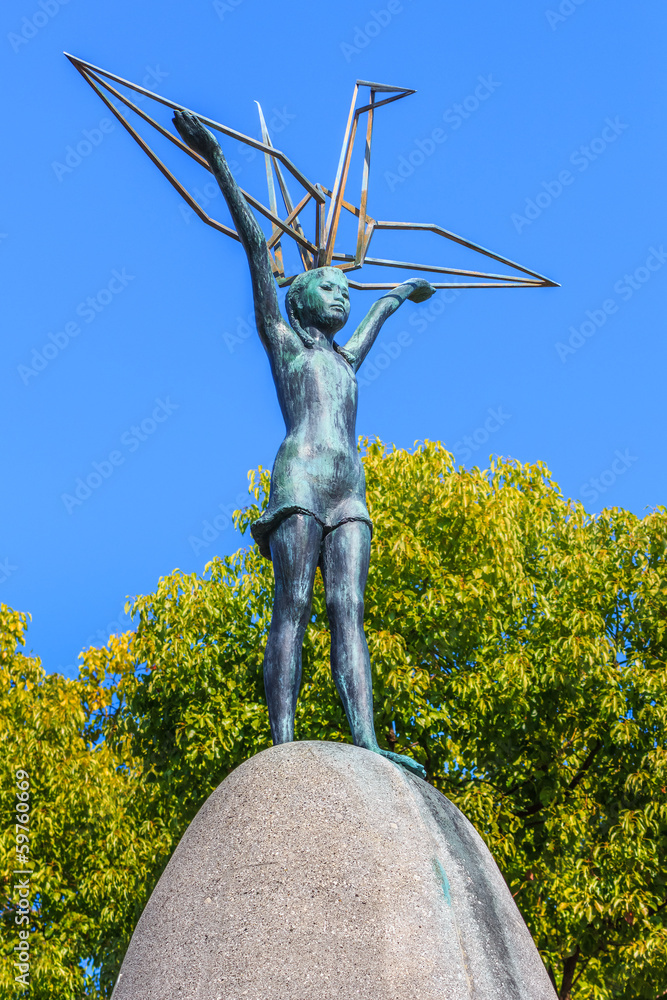
50 Best Sadako Sasaki Images Stock Photos Vectors Adobe Stock

Special Exhibition Top

Children S Peace Monument In Hiroshima Stock Photo By C Cowardlion

Hiroshima Japan April 18 15 Children S Peace Monument This Monument For Peace To Commemorate Sadako Sasaki And The Children Victims Of The Atomic Bombing Stock Photo Picture And Royalty Free Image Image

Children S Peace Monument

Seattle Peace Park Is Dedicated On August 6 1990 Historylink Org

Children S Peace Monument And Hiroshima National Peace Memorial Hall Japan Solo Travel Portal Bj
Sadako Sasaki Let S Make Origami D

Childrens Peace Monument In Hiroshima Stock Photo Download Image Now Istock
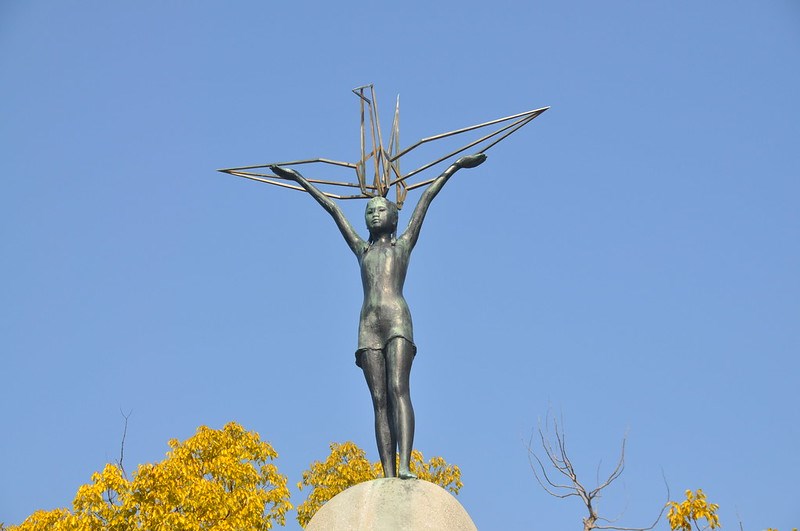
The Story Of Sadako Sasaki U S National Park Service
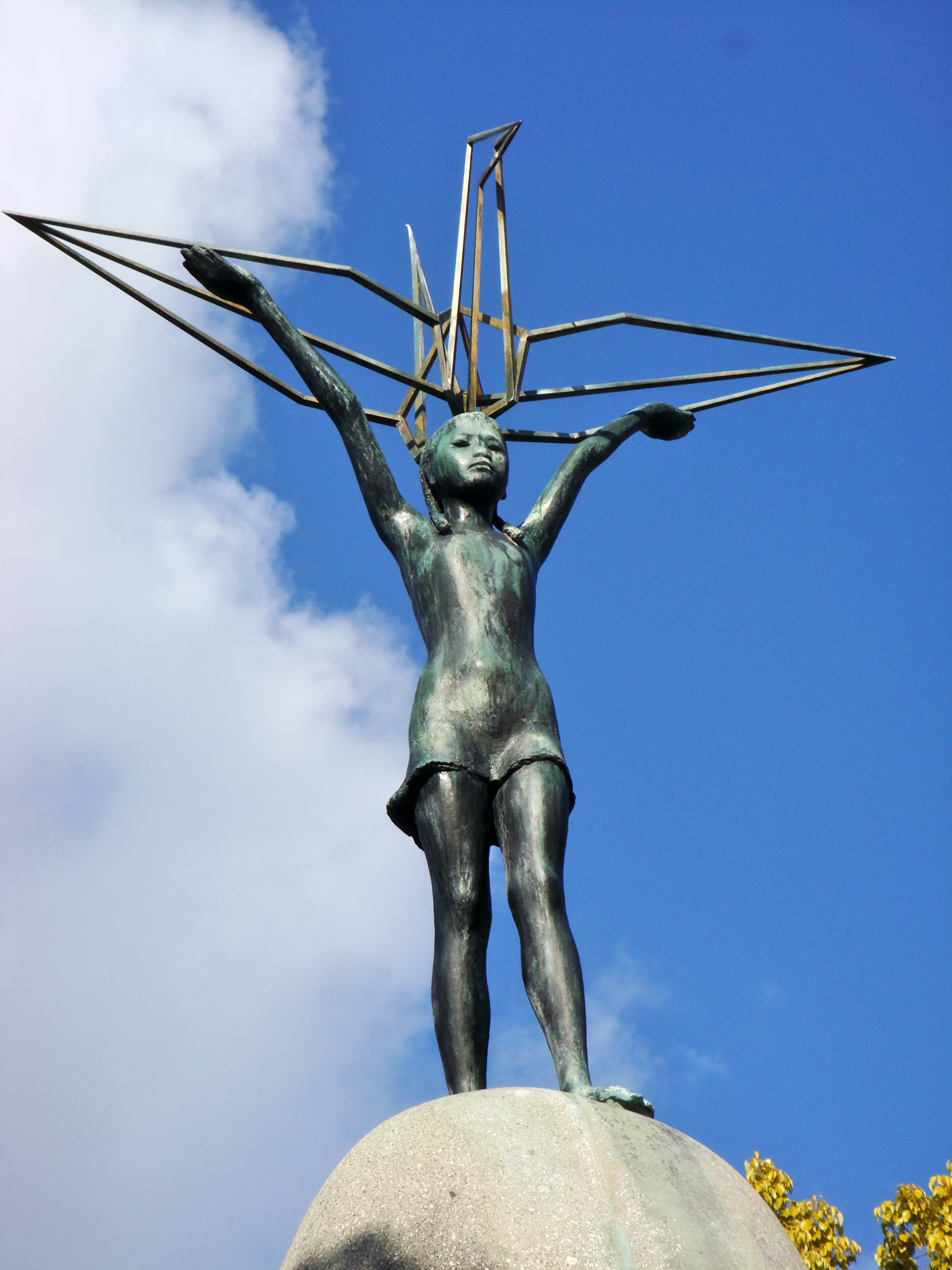
Hiroshima Part Two Separate Fictions

Invitation To A Kamishibai Kotatsu Japanese Animation Festival
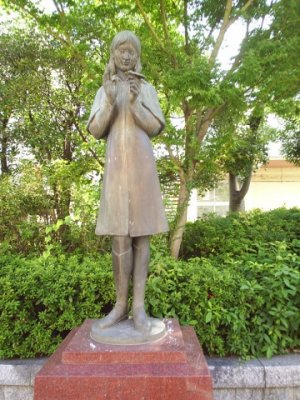
Garden Of Praise Sadako Sasaki Biography
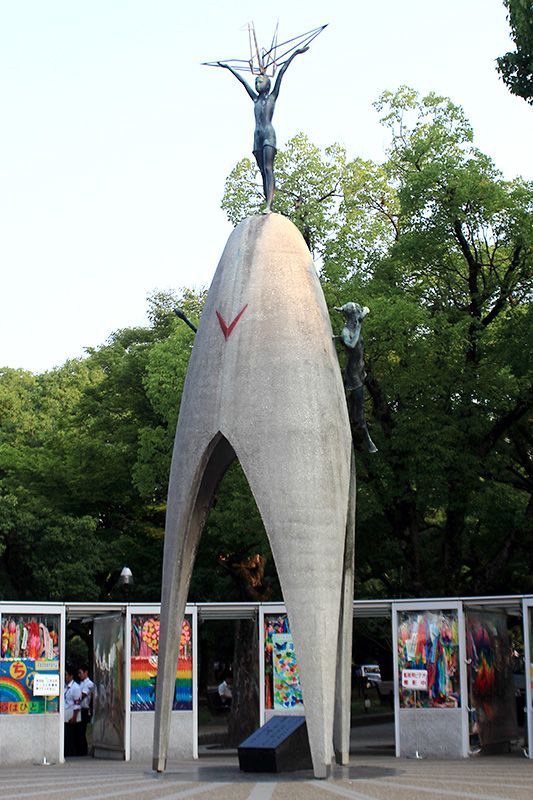
Hiroshima Peace Memorial Park Nippon Com

Hiroshima Japan April 18 15 Children S Peace Monument This Monument For Peace To Commemorate Sadako Sasaki And The Children Victims Of The Atomic Bombing Stock Photo Picture And Royalty Free Image Image
3
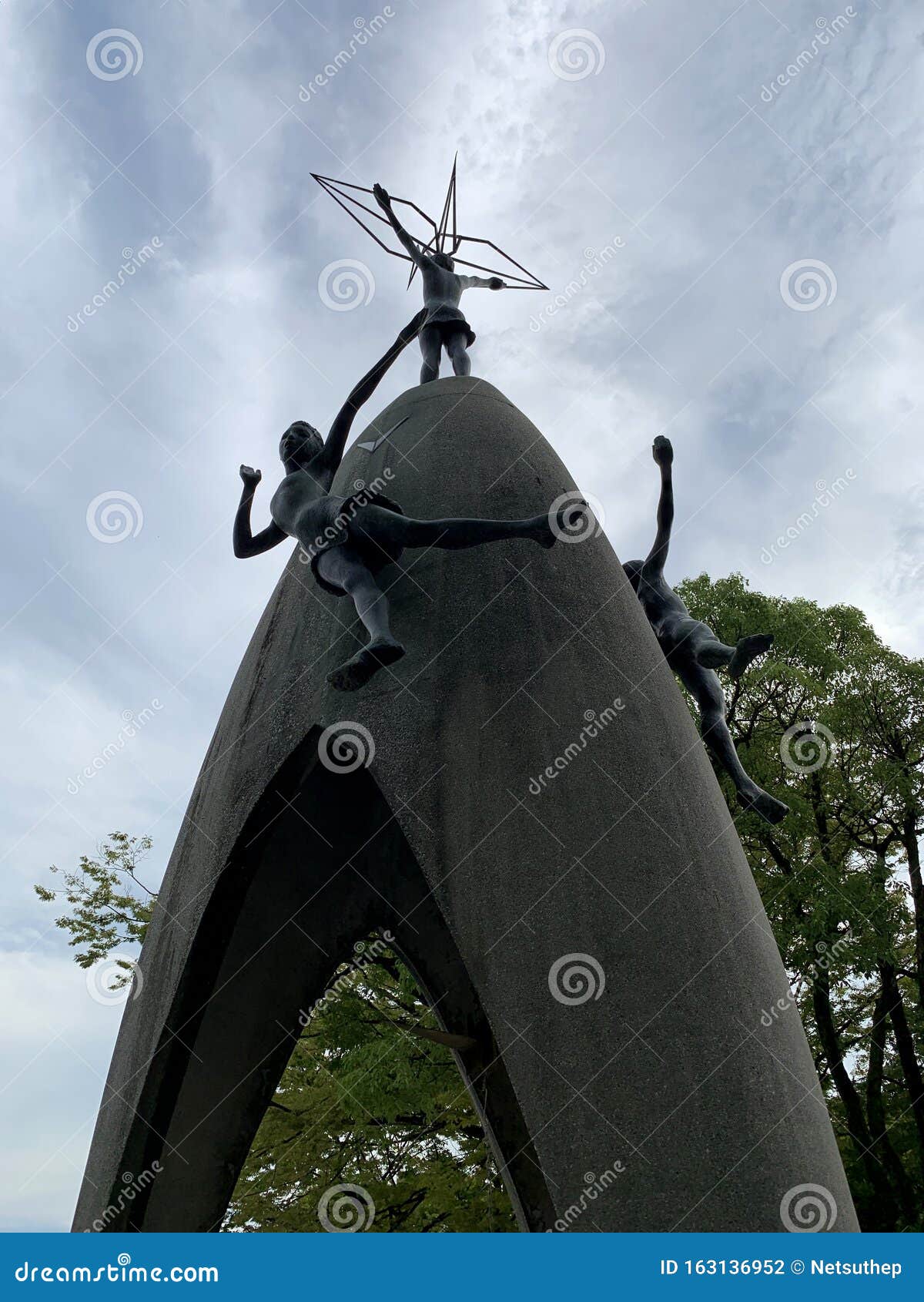
Sadako Sasaki Statue At Hiroshima Peace Memorial Park Editorial Photography Image Of Life Killing

Sadako And The Thousand Paper Cranes Eleanor Coerr Book Review S W Lothian Books Movies Streaming
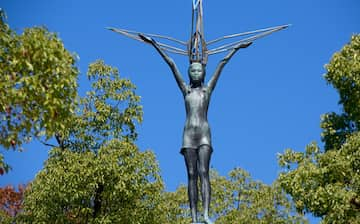
Visit Children S Peace Monument In Hiroshima Expedia

Sadako And The Thousand Cranes The Nuclear World Project
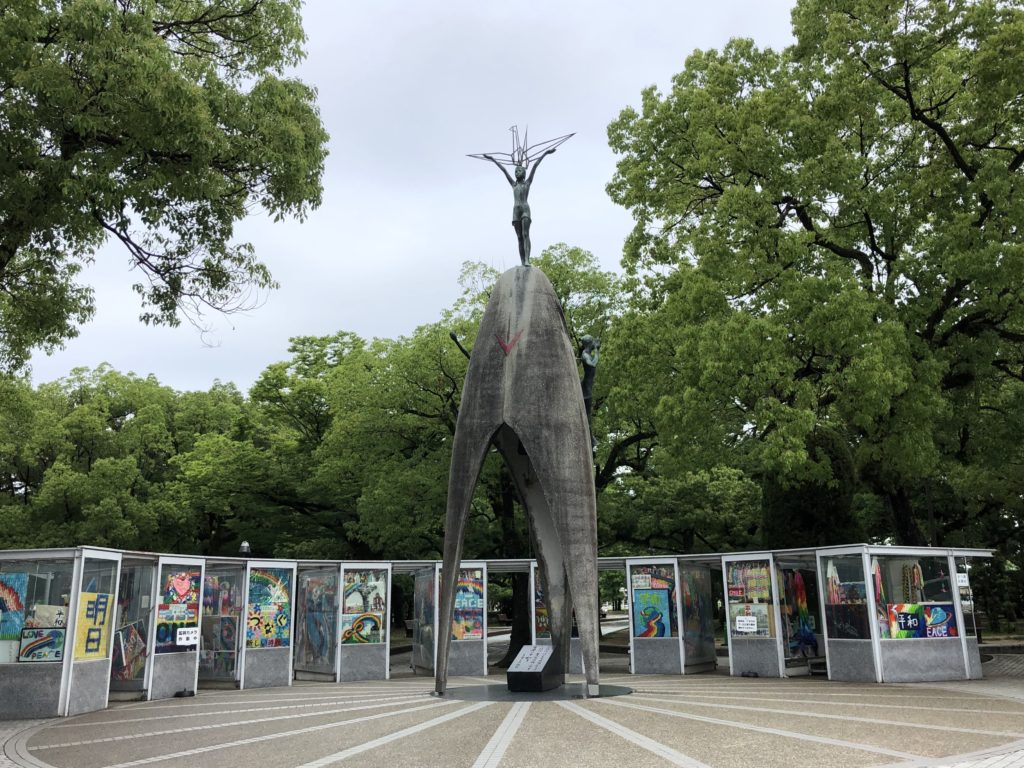
Children S Peace Monument Hiroshima For Global Peace

Throwback Thursday Sadako And The Thousand Paper Cranes Gracepoint Church Library

The Girl Who Transformed The Paper Crane Into The Symbol For Peace And Hope Huffpost Null

Hiroshima Japan August 21 19 Tourists Visit Sadako Sasaki Statue At Peace Memorial Park On August 21 19 In Hiroshima Japan Stock Photo Picture And Royalty Free Image Image

Sasaki Sadako Memory Hiroshima Peace Memorial Park Stock Photo Download Image Now Istock
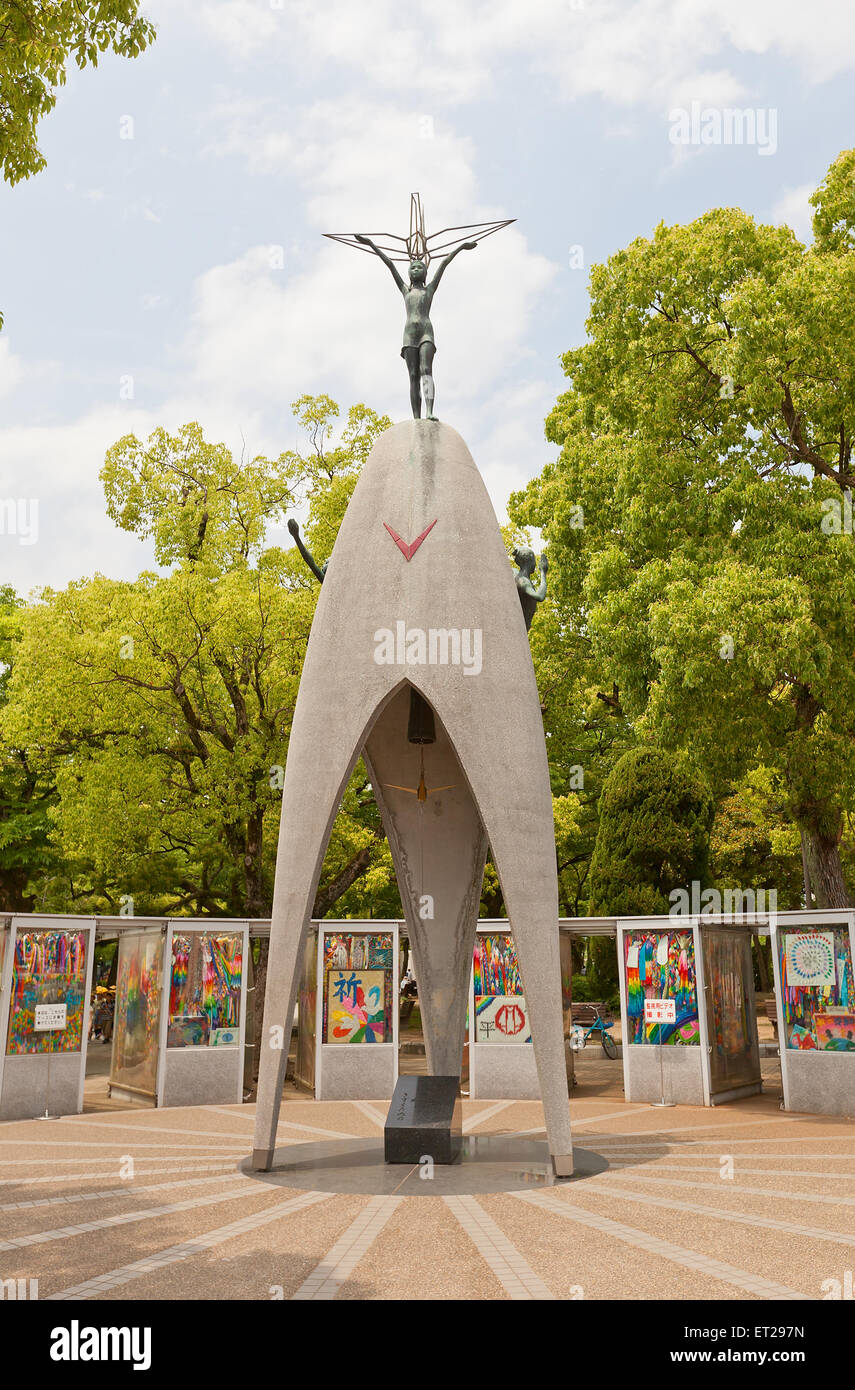
Childrens Peace Monument In Hiroshima Japan Commemorates Sadako Sasaki And Other Child Victims Of Atomic Bombing Of Hiroshima Stock Photo Alamy

Sadako Sasaki Memorial Hiroshima Tracesofwar Com

Statue Of Sadako Sasaki In Seattle Peace Park Statue Of Sa Flickr
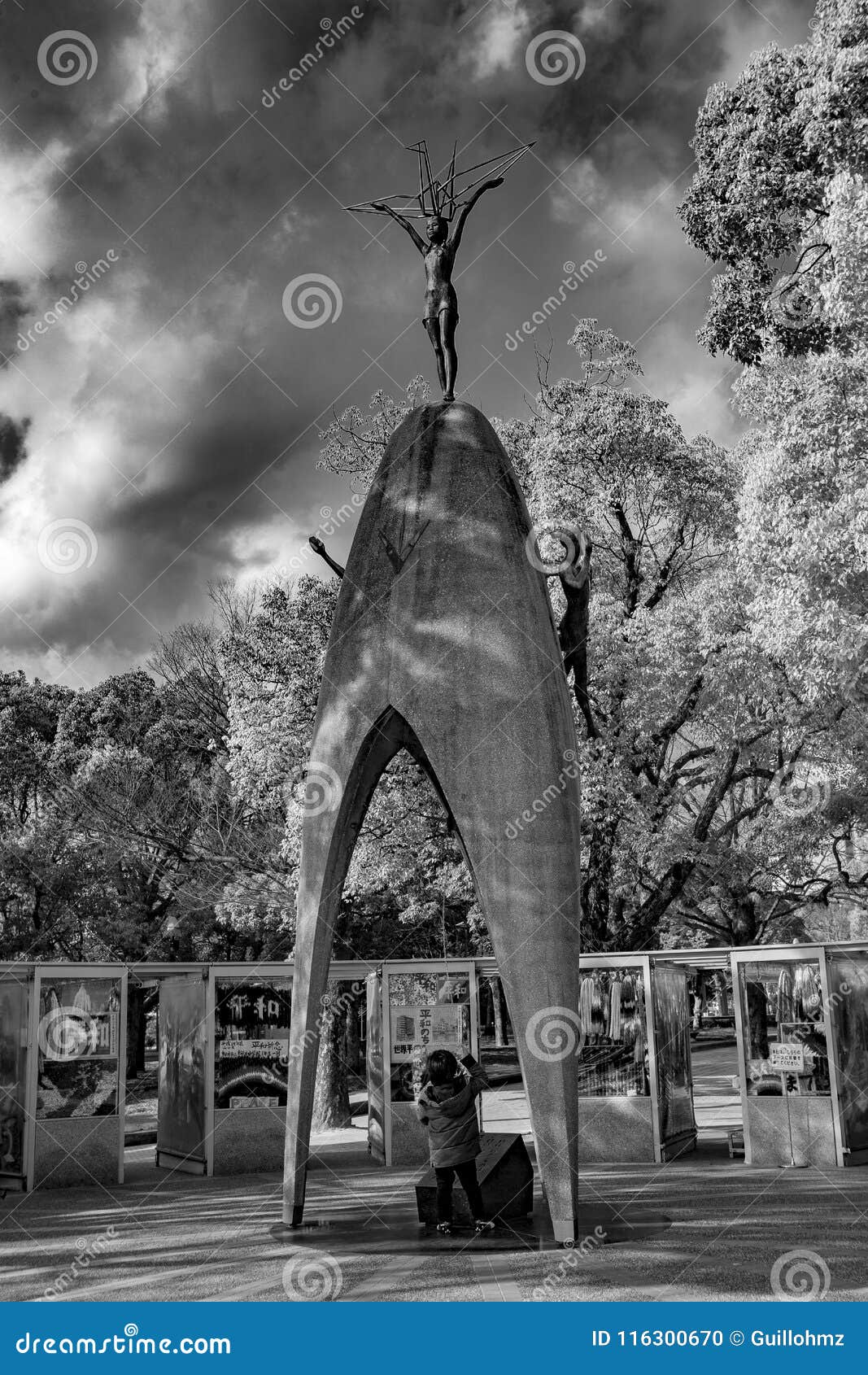
Hiroshima Peace Memorial Park Children S Monument Editorial Image Image Of Industrial Died

Hiroshima Japan December 21 17 Childrens Peace Monument With A Figure Of Sadako Sasaki At The Top Of The Statue Monument To Commemorate The Child Victims Of The Atomic Bomb
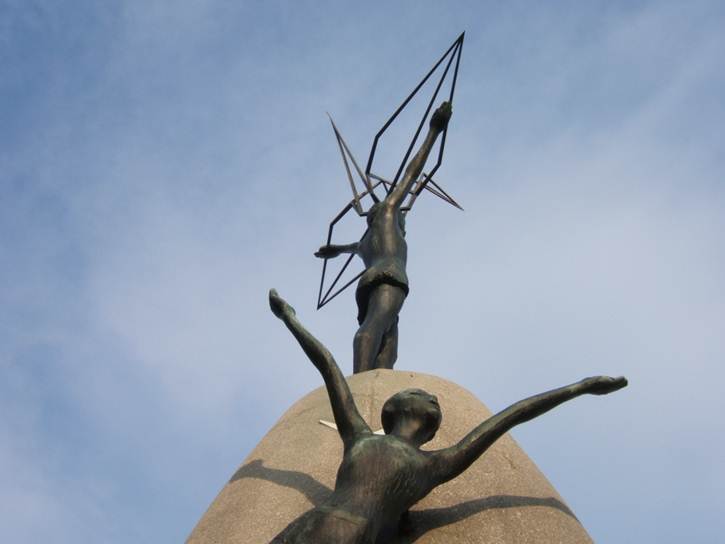
Why I Make Japanese Origami Cranes 4 H Global Cultural Education
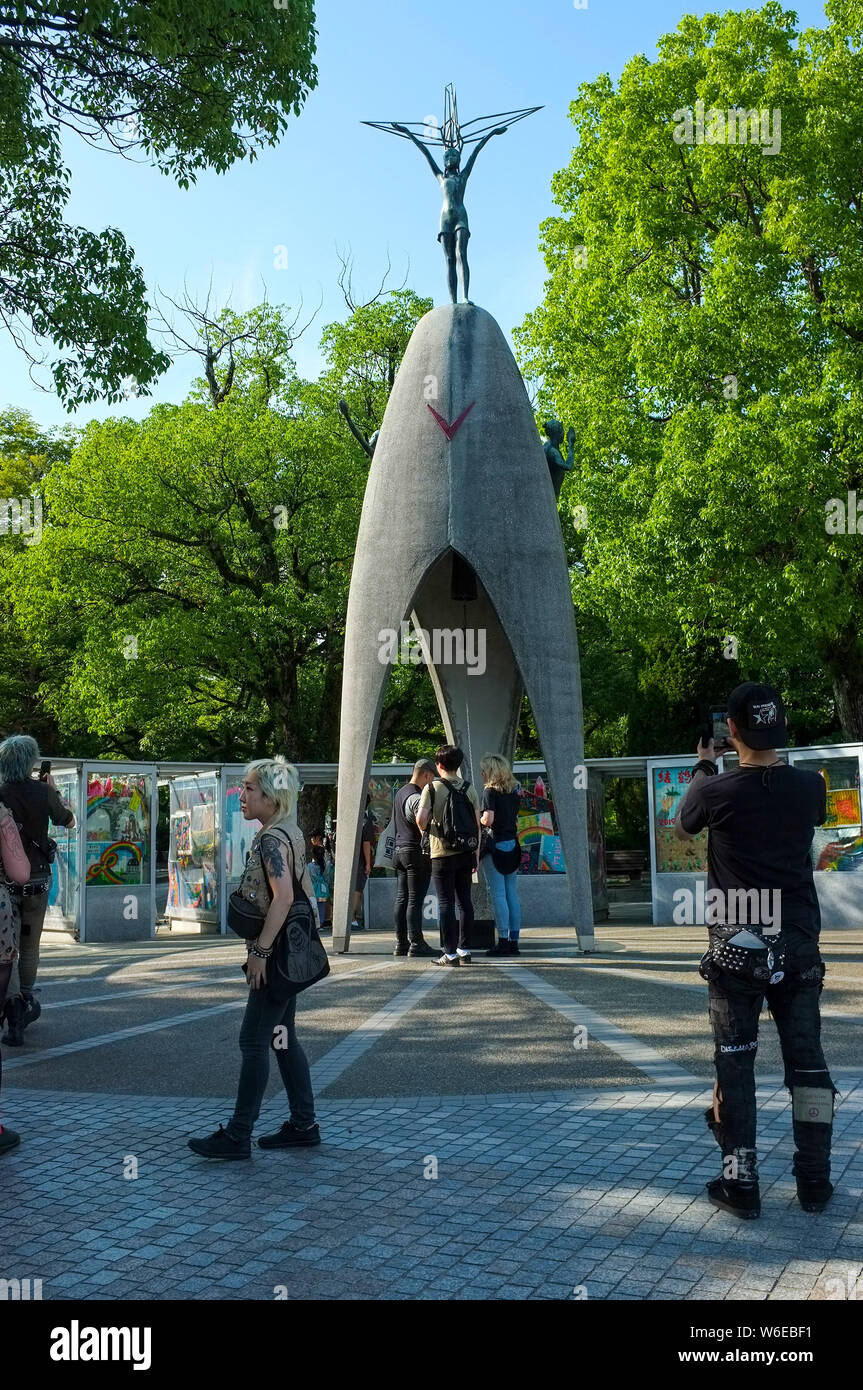
Children S Peace Monument In The Hiroshima Peace Memorial Park In Hiroshima Japan This Monument Was Built To Commemorate Sadako Sasaki Stock Photo Alamy
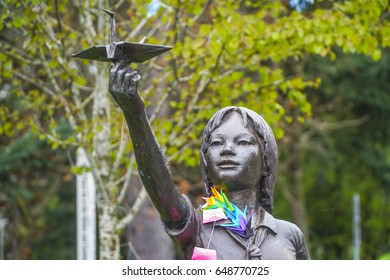
Sadako Sasaki Images Stock Photos Vectors Shutterstock

Children S Peace Monument Things To Do Visit Hiroshima
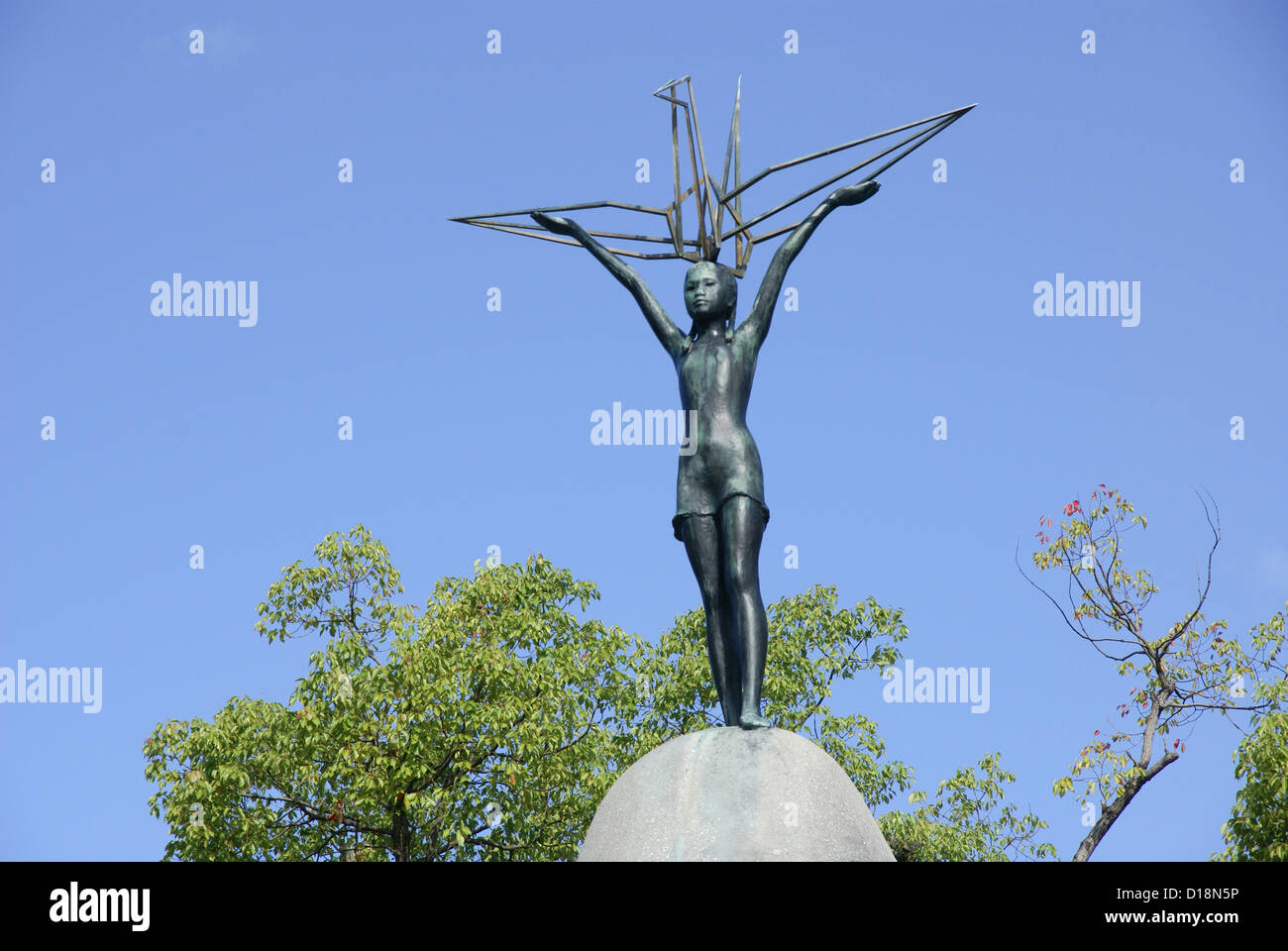
Children S Peace Monument Statue Of Sasaki Sadako Holding A Crane Japan Honshu Hiroshima Stock Photo Alamy

The Importance Of World Peace A Monument To Sadako Sasaki

Paper Cranes 1000 One Thousand Sadako Sasaki Hiroshima Pea Flickr

Sadako Sasaki Stock Video Footage 4k And Hd Video Clips Shutterstock

Sadako Sasaki S Story Coventry City Of Peace
Sadako

Sadako Sasaki Tokyo Five
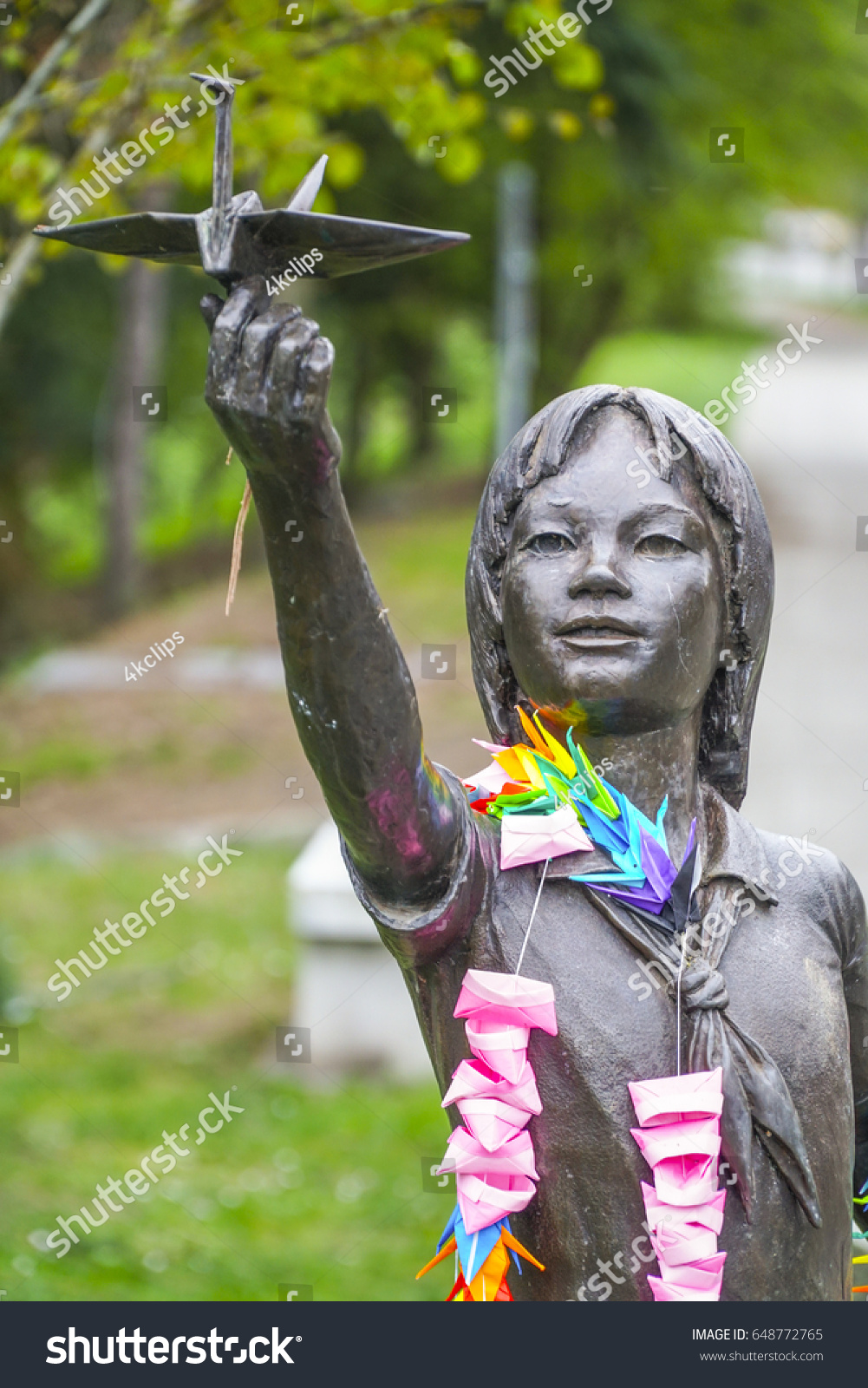
Bronze Statue Sadako Sasaki Seattle Seattle Stock Photo Edit Now

Children S Peace Monument And Sadako Saskaki S Paper Cranes Hiroshima Times Of India Travel

The Children S Peace Monument In Hiroshima Uncover Travel
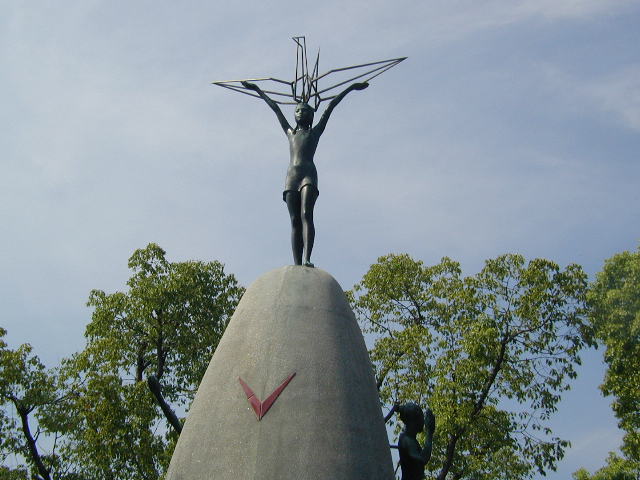
70 Peace Monuments Related To Children Sadako Sasaki Peace Cranes

Sadako Sasaki Memorial Hiroshima Peace Memorial Park Hiroshima Japan Hiroshima Peace Memorial Memorial Park Japan
Sadako

Hiroshima S Daughter Sadako Sasaki Newspaper Dawn Com
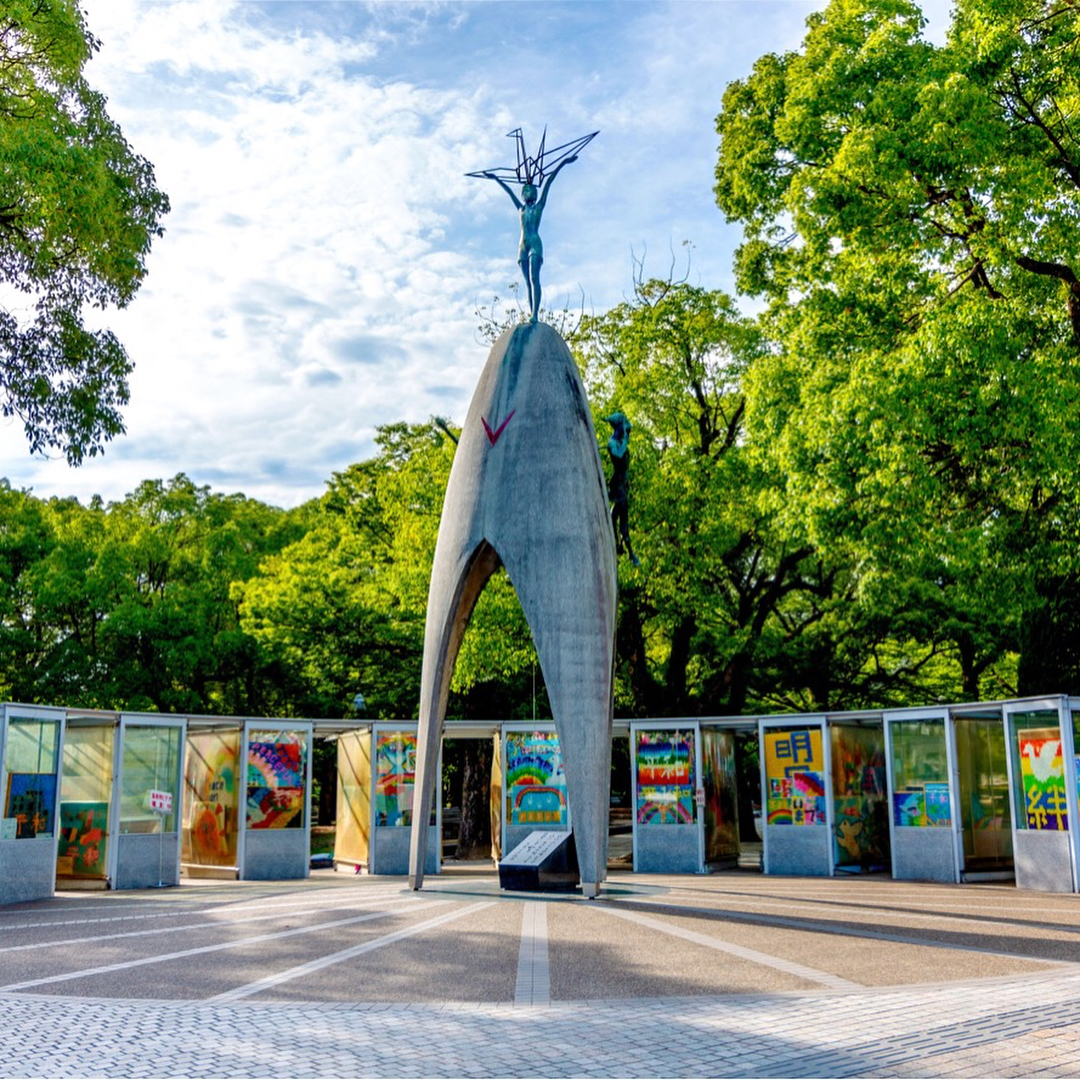
The Japan Times The Children S Peace Monument Topped By The Figure Of Sadako Sasaki Is Surroun Alo Japan

Sadako Sasaki David George Haskell

Statue Sadako Sasaki Image Photo Free Trial Bigstock

60 Years After Sadako Sasaki S Death The Story Behind Hiroshima S Paper Cranes Is Still Unfolding The Japan Times
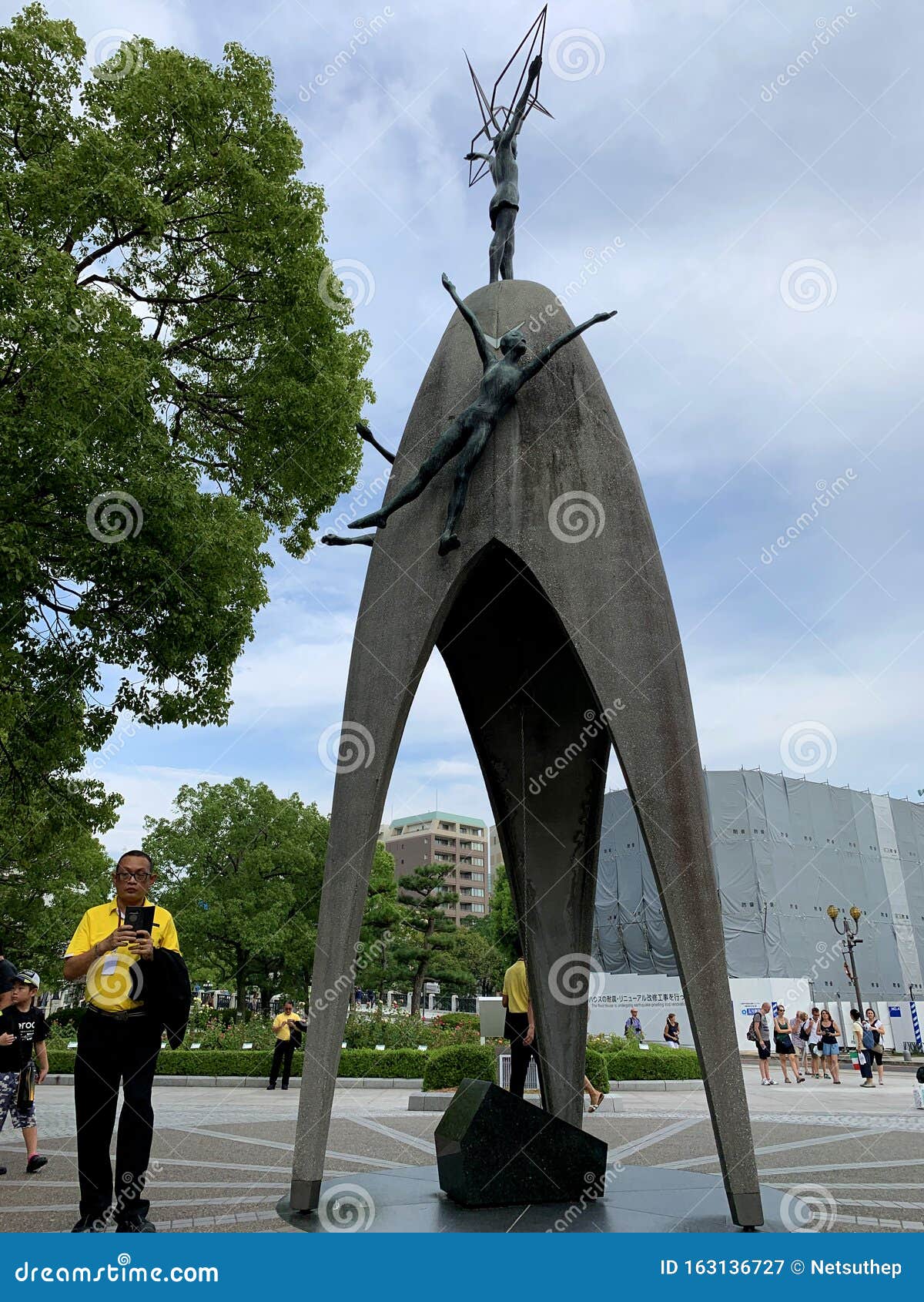
Sadako Sasaki Statue At Hiroshima Peace Memorial Park Editorial Photography Image Of Building Memorial
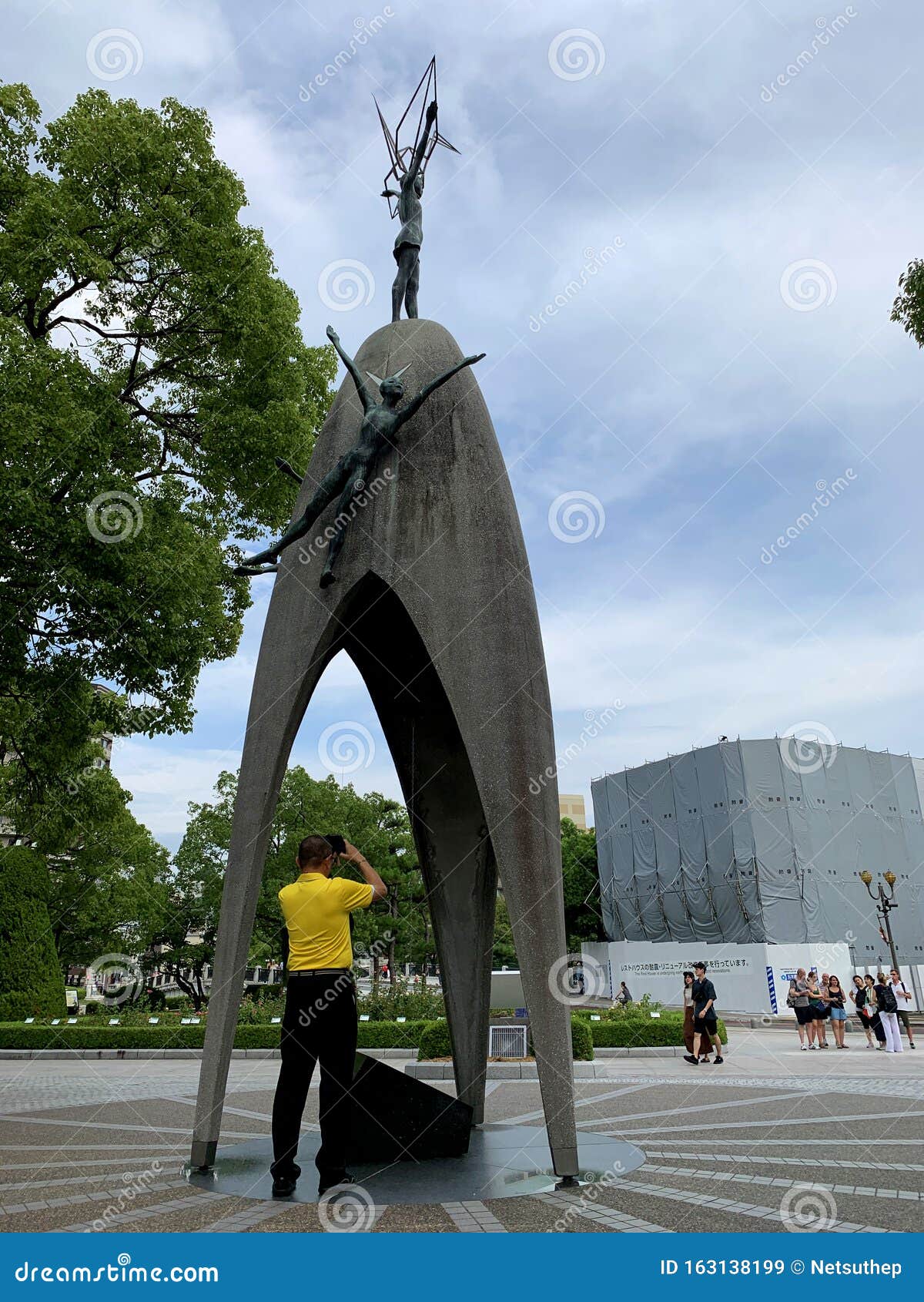
Sadako Sasaki Statue At Hiroshima Peace Memorial Park Editorial Stock Image Image Of Aioi Leukemia
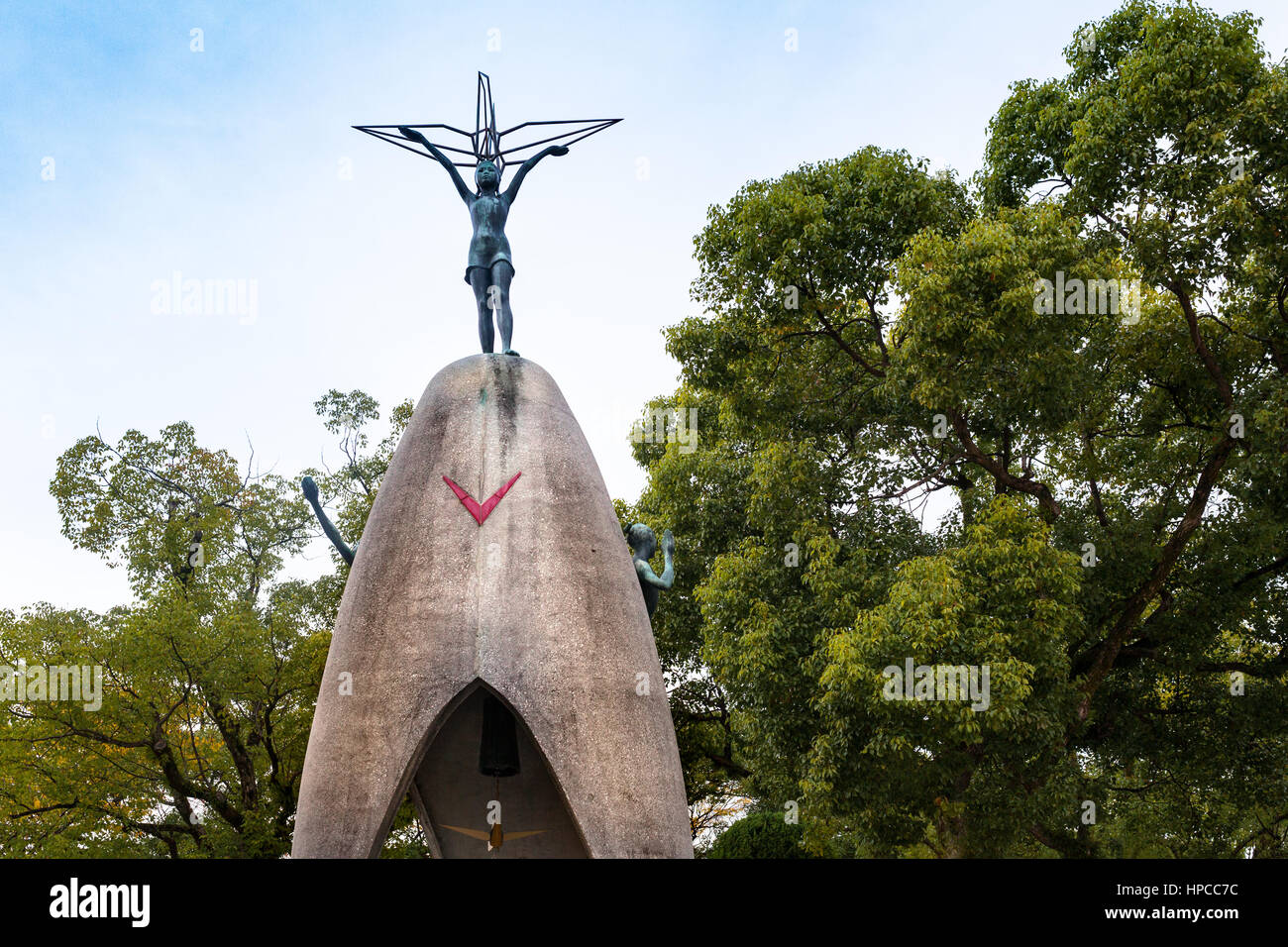
Hiroshima Japan November 21 1015 The Children S Peace Monument With A Figure Of Sadako Sasaki At The Top Of The Statue And A Boy And A Girl At T Stock Photo Alamy

Children S Peace Monument Things To Do Visit Hiroshima

Sadako Sasaki Statue Photo

Children S Peace Monument Wikipedia

File Sadako Sasaki Memorial Jpg Wikipedia

In Memory Of Sadako Sasaki And The Others Victims
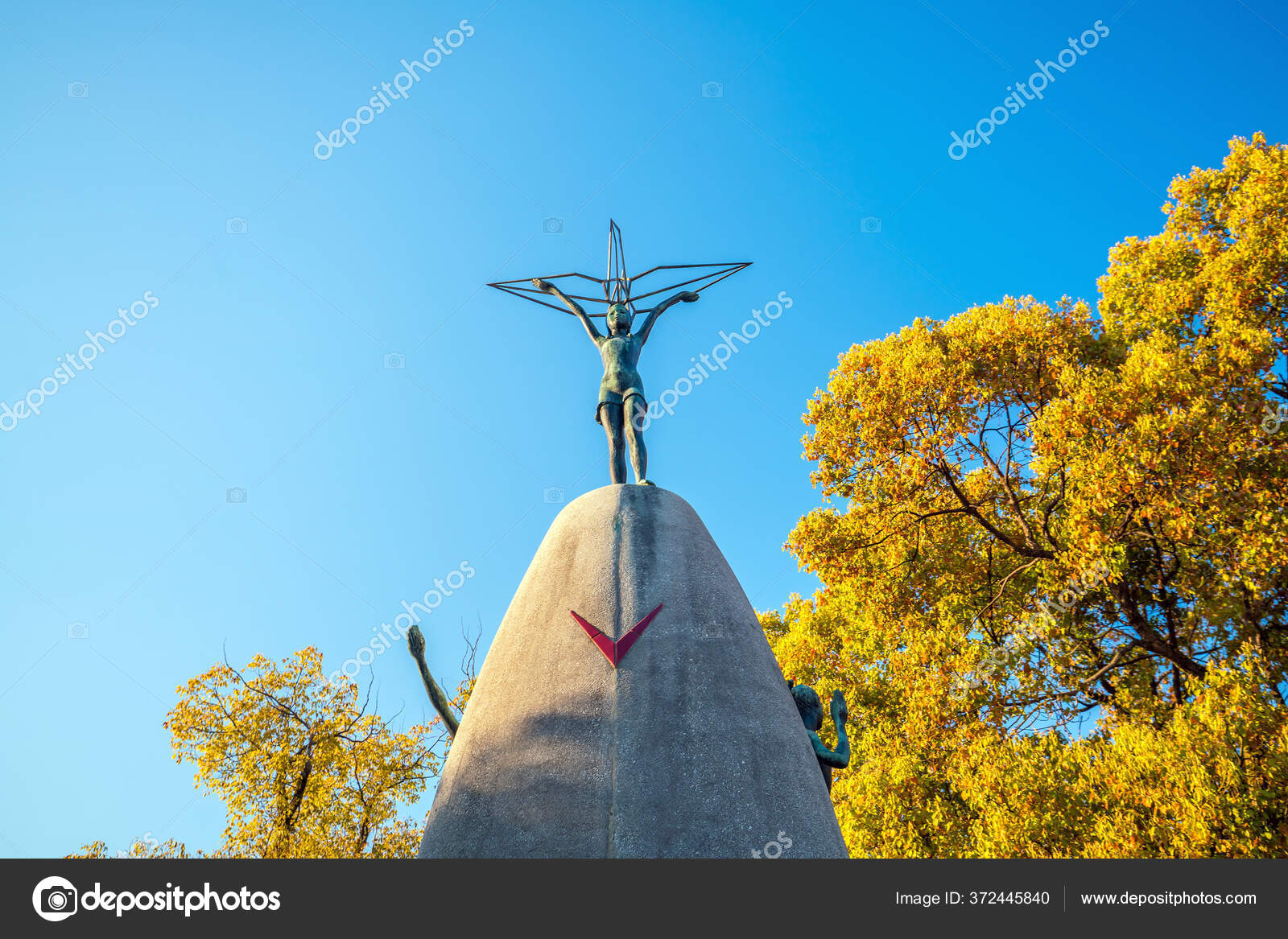
Hiroshima Japan April Children S Peace Monument Monument Peace Commemorate Sadako Stock Editorial Photo C F11photo

Children S Peace Monument Things To Do Visit Hiroshima
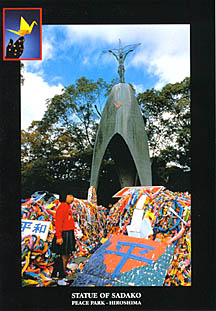
The Sadako Statue
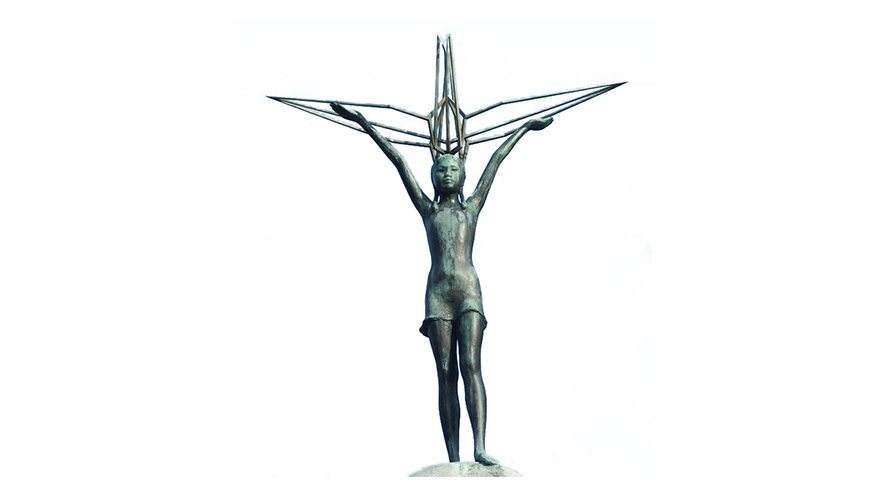
The Story Of Sadako Sasaki Origami Expressions



